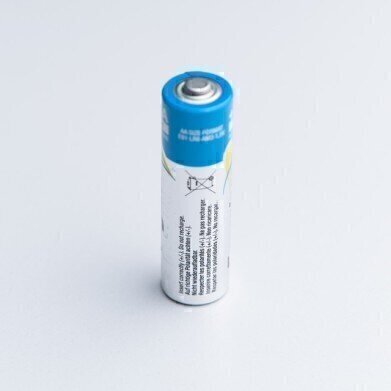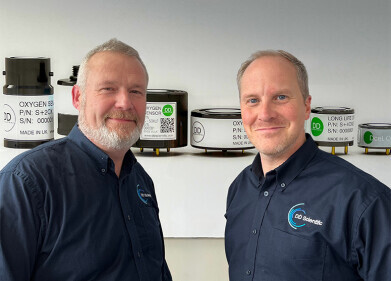Business News
Can Batteries Be Dissolved Quicker?
Aug 27 2016
Batteries are made up of electrochemical cells which power electronic devices. From your laptop to your watch – there are a whole host of everyday items powered by batteries. Recently, a group of scientists have managed to create a battery that dissolves when exposed to water. Why? Read on for a review of the advantages when it comes to dissolving batteries.
Transient electronics
Batteries that dissolve? It would be a nightmare for your phone or tablet. But there are some devices in which a dissolving battery would be advantageous. Gadgets known as ‘transient electronics’ are designed to completely dissolved within a certain time scale. When exposed to either moisture, heat or light, transient electronics completely disintegrate. Importantly, while doing so they do not release any harmful substances.
The devices are incredibly useful for things like medical repair. Normally, a temporary implant would need two lots of surgery – one to put it in and one to take it out. However, a transient device can be programmed to safely dissolve once it has served its purpose. Transient devices also have the potential for use in other areas. Biodegradable goods can be held back by electronic components. With transient electronics they will be able to fully dissolve after use.
Wider scale
A team of scientiests, led by Professor Reza Montazami, have managed to create a transient battery capable of powering a desktop calculator for around 15 minutes. “It’s the first transient battery to demonstrate the power, stability and shelf life for practical use”, explains Montazami.
It’s made up of eight layers comprising an anode and a cathode with an electrolyte separator. The alcohol-based polymer holding the device together allows it to dissolve within 30 minutes of being immersed in water. Expanding when wet, the polymer destroys the anode and cathode.
The hope is that batteries like this may solve the issue of electronics disposal on a wider scale. Larger batteries with more power would be possible, but with a longer degrading time. Montazami suggests several small batteries would be a better solution – providing more power, with the same increased level of energy.
Battery disposal
Batteries are just one of the many waste materials that end up on landfill sites. With many sites nearing capacity, it’s important to invest in methods to reduce waste and also re-use waste. ‘Determining the Value of Waste Materials as Fuel Feedstock Using CHN Microanalysis’ investigates how some waste materials can be used as a fuel, but also how their value as a fuel source is determined.
Digital Edition
IET 34.2 March 2024
March 2024
Gas Detection - Biogas batch fermentation system for laboratory use with automatic gas analysis in real time Water/Wastewater - Upcycling sensors for sustainable nature management - Prist...
View all digital editions
Events
Apr 18 2024 Shanghai, China
Apr 22 2024 Hannover, Germany
Apr 22 2024 Marrakech, Morroco
Apr 23 2024 Kuala Lumpur, Malaysia
Apr 23 2024 Kintex, South Korea



















